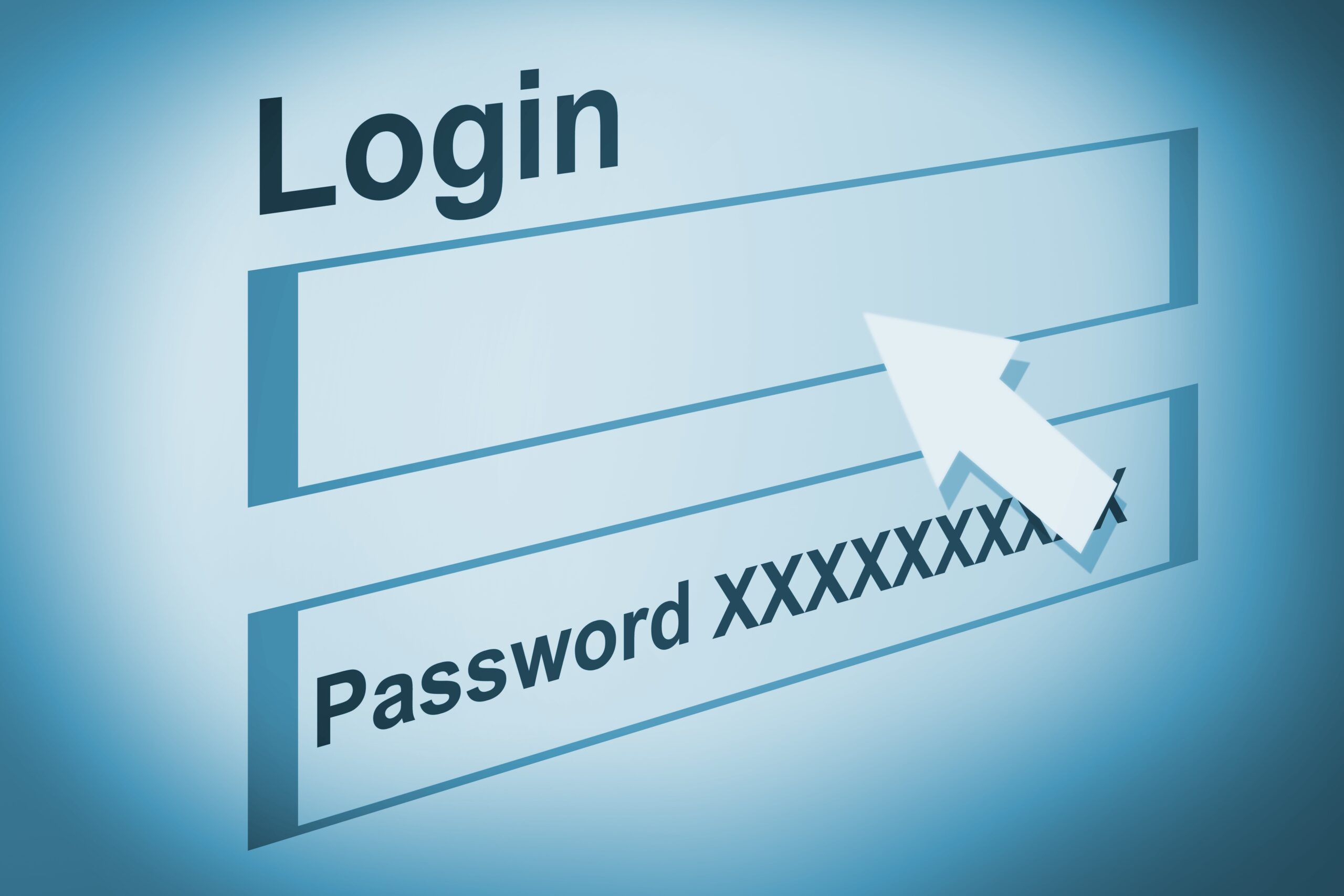By Michelle Wyatt, Partner, CadmiumCD
With the plethora of new event technology that is already on the market, as well as new technology that is being advanced, understanding the full dynamics of an event often requires data across multiple platforms to be shared to get a full picture of what’s occurring. These platforms frequently include registration data, membership databases, and event specific options including mobile apps and conference websites. The challenge, however, is that the meeting planners that are frequently relying on this technology to work in order to efficiently execute their events and provide information on its success often don’t have the technical background needed to understand both the capabilities or the limitations of what can be done. In order for these different technologies to “communicate”, web services need to be established between the technologies to provide information. Fortunately, meeting planners excel at communication, and at the fundamental level, these web services share data. By effectively planning and communicating with technology providers on what data is needed, how the data will be used and how and when the data needs to be updated will help make sure that event technologies work effectively together to accomplish the results needed.
One of the most frequent requests among service providers is the ability for attendees to be able to access all technology using the same set of credentials, which is often referred to as Single Sign On or SSO. In the process of verifying a person’s access to the technology, a string of information about that individual is often sent back such as their full name, affiliation, member status and other information that may be stored in the database. On the surface, this is a simple request and one that most service providers can easily provide. Problems arise when actions from this data are executed and the data is either not available, wasn’t shared in the initial query response or requires a separate and distinct action. Other issues arise if individuals try to update or change their information in the database that is “receiving” the data from a different source.
Missing Data
One client wanted their members to be able to submit a scientific abstract by logging into the abstract portal by using their membership credentials. This query auto-populated a typical screen used to collect their contact information, saving members time and effort in establishing a new account. Challenges occurred, however, when the meeting planner needed a geographic breakdown of who was submitting an abstract in order to ensure that there was global representation at the meeting and it was discovered that the submitter’s country was not being passed between the databases. Luckily the information could be added retroactively, but it’s important to understand what data is being included and to verify that business needs will be able to be answered with the data available.
Incomplete Data
During the SSO process, many providers have a standard “string” of information that is typically provided. You should alert all technology partners if your business needs include something that is not typical. For example, as part of the registration process, you may find someone has a food allergy. That information typically doesn’t leave the registration database, but if your event revolves around food allergy awareness, you may want that information included for networking or other match-making opportunities. Although the registration provider has that data, it would not be typical for them to include it to other third parties, and you want to verify with all vendors that they are equipped to send and receive the appropriate data. The best thing a meeting planner can do is provide a list of all the data points that are needed by different third parties to make sure that the data is sent and received by the appropriate people.
Actionable Data
Frequently, the information shared with other vendors may require a subsequent action by a different technology. This is where truly complex processes can be achieved with enough foresight. SSO processes are frequently used to verify someone’s access to content related to an event, for example a mobile app or handouts and audio recordings. The complexity comes into play if certain areas are not available to a subset of your attendees. For example, a client may not want their exhibitors to have access to the conference recordings, or if a conference attendee only paid for one day of the event, the organizer may not be willing to have them be able to access the other days. In order for this to be effective, the type of registration data would need to be included in the string of information passed to other providers so that it can be interpreted and the correct content shared as outlined by the client’s business rules.
Verification
The SSO process can rely on different pieces of information to “authenticate” a user – the more information, the more secure the process. Depending on how you are using this verification process, it can lead to problems if it’s too “easy” to confirm information. For example, if you have a login process that just requires a badge ID number, people may accidentally type in the wrong number, inadvertently accessing other people’s accounts. Ideally, you have multiple pieces of data that can be verified concurrently to create a unique form of verification, such as the registration ID number and email address. However, enforcing a unique email address for each registration can be challenging especially for a group registration process. Planners understand that unique email addresses are essential for communicating and verifying an individual’s participation in the event.
Data Updates
Finally, business rules should be established on when and where data is updated and how the updates are made. If an attendee updates their profile in the mobile app, should that information be replaced in the registration database? Normally the answer is no – the registration database is the primary database that stores content about the attendees. If your business needs are different, where the registration database can be edited based on information included in the mobile app, you should confirm with your technology providers that can be done.
In conclusion, technology can significantly help streamline and simplify a meeting planner’s life, but communication between different technologies needs to be structured so that the business objectives are achieved. In an ideal world, there are people from a technology background assisting the planner with these decisions. Fortunately, with the right communication plan, almost anything can be accomplished.
Michelle Wyatt, along with her husband, Peter, are the founding partners of CadmiumCD. The company’s services include conference proceedings, on-site audio recording, audio synchronization with presentation slides, abstract collection systems, speaker data collection, review tools, poster galleries, online itinerary planners, exhibitor management tools, and conference education apps. Michelle can be contacted via email: michelle@cadmiumcd.com.


